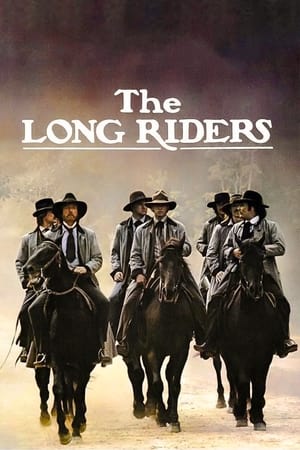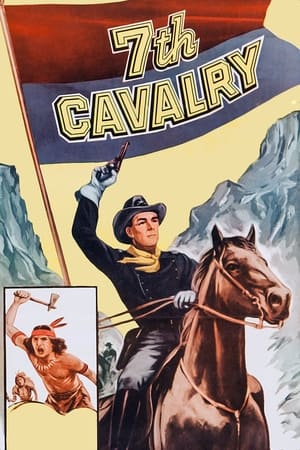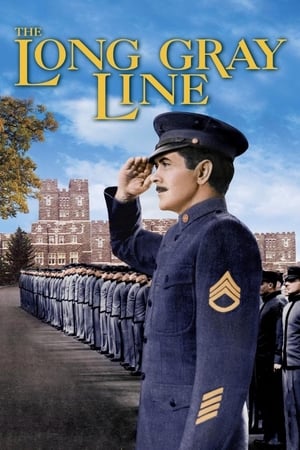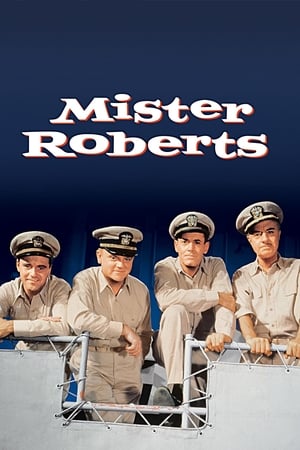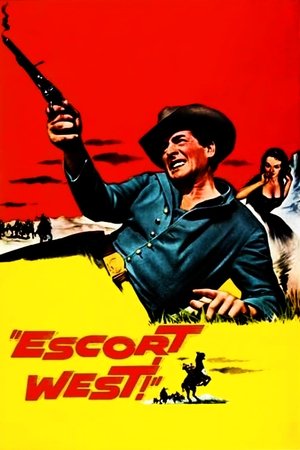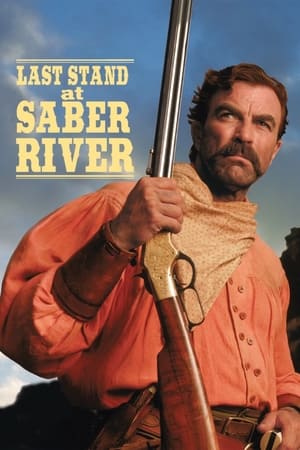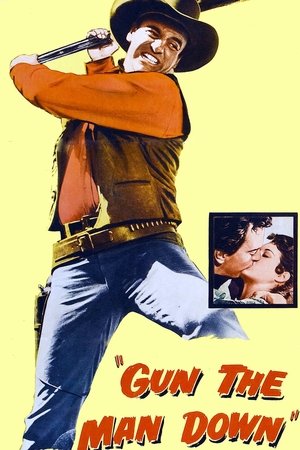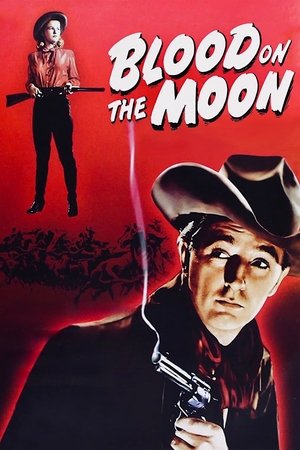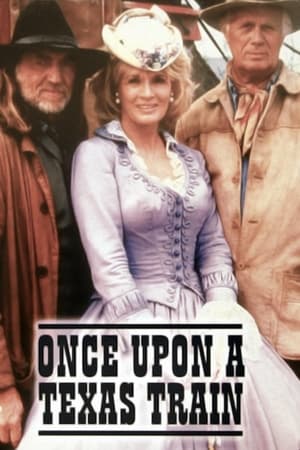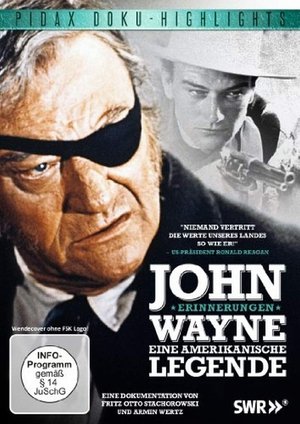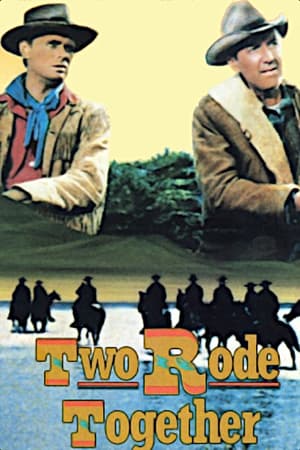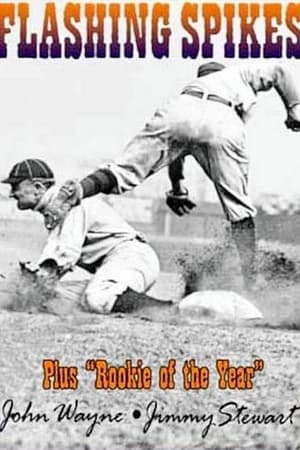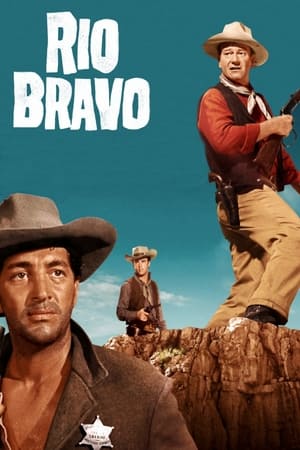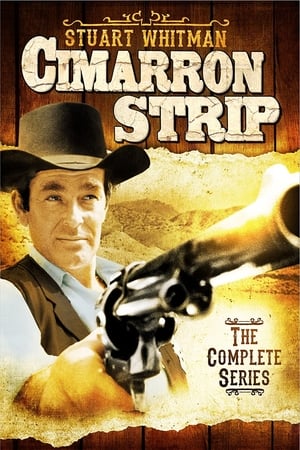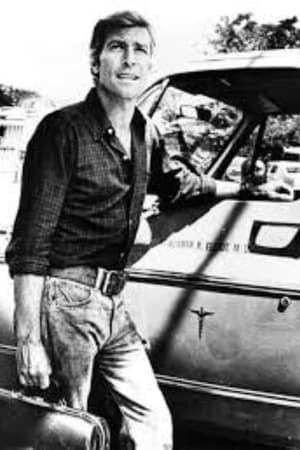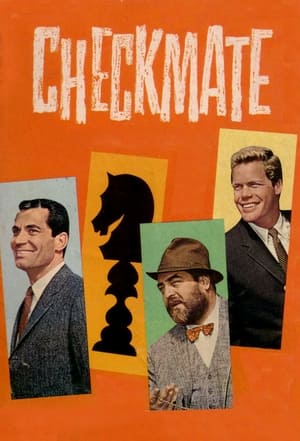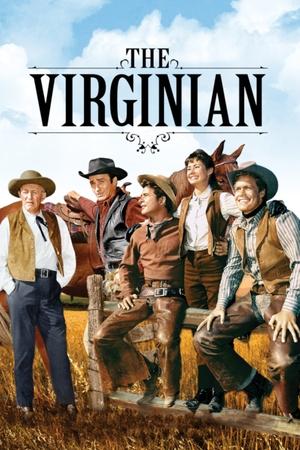Biography
Henry George "Harry" Carey Jr. (May 16, 1921 - December 27, 2012) was an American actor. He appeared in more than ninety films including several John Ford westerns as well as numerous television series. The son of actors Harry Carey Sr. and Olive Carey, he attempted a singing career before beginning his acting career in the John Ford Stock Company. Director John Ford became a close friend and collaborator. Carey appeared in such notable Ford films as 3 Godfathers (1948), She Wore a Yellow Ribbon (1949), The Searchers (1956), and Cheyenne Autumn (1964), some also featuring appearances by his parents. He became a respected character actor like his father. Carey made four films with director Howard Hawks: Red River (1948), Monkey Business (1952), Gentlemen Prefer Blondes (1953), and Rio Bravo (1959 - scenes cut). He also frequently co-starred with actors John Wayne and Ben Johnson, acting together in nine films each. Between 1955 -1957, Carey appeared as ranch counselor Bill Burnett in the serial Spin and Marty, seen on Walt Disney's Mickey Mouse Club. In the 1960s, Carey appeared on such western series as Have Gun - Will Travel and The Legend of Jesse James.
Later film roles include George Arthur in The Long Riders (1980), Mr. Anderson in Gremlins (1984), aging biker Red in Mask (1985), Joshua Brackett in The Whales of August (1987), saloon old-timer Zeke in Back to the Future Part III (1990), and Marshal Fred White in Tombstone (1993).





















